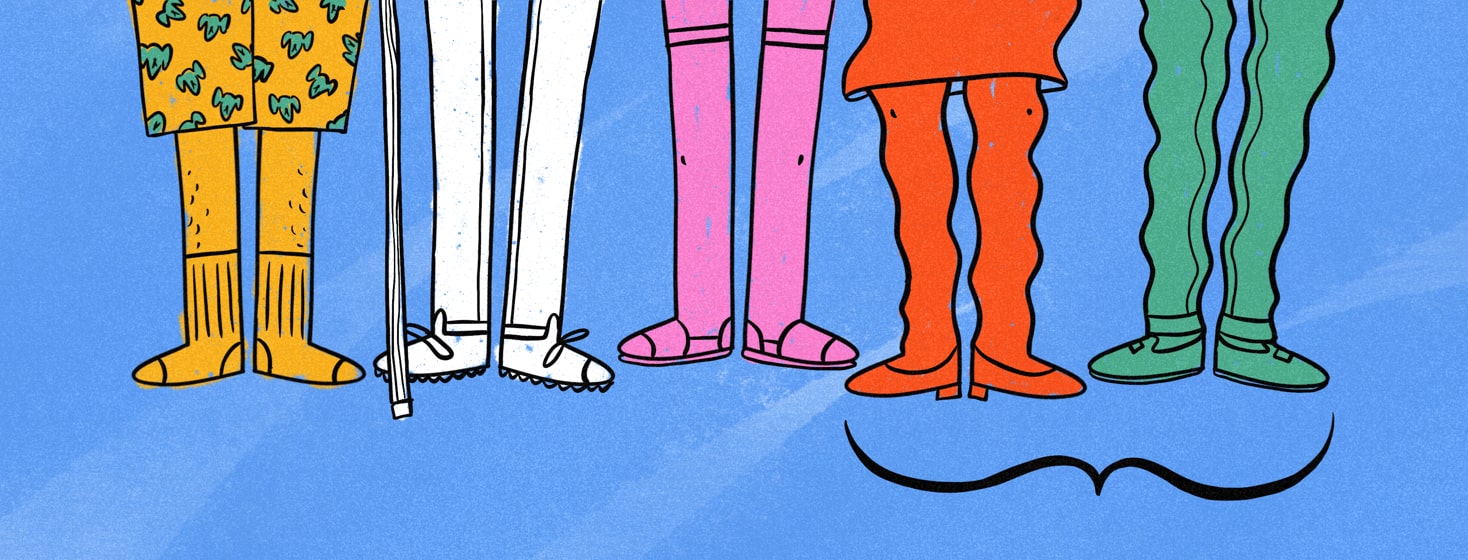Restless Legs Syndrome in Older Adults
Restless legs syndrome (RLS) is a condition that affects your nervous system and muscles. It causes an urge to move your legs and tingling or crawling sensations in your legs or arms. Symptoms occur in the evening or night and disrupt sleep.1-3
RLS can occur in children or adults. It occurs in 2 to 4 percent of adults and in 3 to 5 percent of those over 60.1-3
RLS can affect people at any age. But older adults are 2 to 3 times more likely to be diagnosed with it. Symptoms in older adults may be more severe and continue to worsen with age. RLS can lead to poor sleep quality and can increase the risk of falls due to walking at night. These effects can impact the overall quality of life.1-3
What are the symptoms of RLS?
RLS causes an urge to move your legs for relief of symptoms. Symptoms are often relieved by:1
- Stretching or bending
- Rubbing the legs
- Tossing or turning in bed
- Getting up and pacing
The symptoms of RLS appear to worsen when you are sitting or lying down. The symptoms tend to be more common later in the day or when trying to fall asleep at night.1
What causes RLS?
The cause of RLS is unknown. It may run in your family or it could be due to other conditions. Restless legs in older adults are more likely to be linked to other conditions. Some cases have been linked to:1
- Kidney problems
- Low iron
- Problems sleeping
RLS is most common in pregnancy and in people with:2
- Chronic kidney disease
- Low amount of red blood cells (anemia) caused by low iron
- Disorders of the nervous system
RLS also tends to affect women more than men. Women are twice as likely to be affected by RLS.2
How is it diagnosed?
There is no specific test to diagnose RLS. People with RLS are diagnosed based on their self-reported symptoms of uncomfortable sensations and the urge to move their legs. There are a few tools that can help your doctor diagnose RLS, such as:1,3
- An international rating scale – This brief survey asks you questions about your symptoms and how you would rate them.
- Lab tests – Your doctor may order lab tests to check for other conditions that could be causing RLS, such as low iron or decreased kidney function
- Physical exam
- Review of your medical history
- Sleep study
Primary RLS has no underlying cause and is usually diagnosed before 40. Secondary RLS is more common in older people. It is linked to other age-related illnesses.3
How is it treated?
The first step in treating RLS is to treat any underlying condition or lessen symptoms caused by drugs that can worsen RLS.2
Drugs that can potentially worsen symptoms of RLS include some drugs used to treat or prevent:2
- Allergies
- Depression and other psychiatric conditions
- Seizures
- Nausea and vomiting
- High blood pressure
Your doctor may consider stopping or changing the doses of these drugs if possible.2
If other underlying conditions and drugs are excluded as the cause of RLS, treatment options can include:1-3
- Stopping activities that can worsen symptoms
- Avoiding caffeine and alcohol
- Exercising regularly at a medium intensity or level of effort
- Eating a well-balanced diet
- Finding distracting activities
- Taking hot showers
- Stretching before or around the time symptoms usually start
- Maintaining good sleep habits
Older adults with RLS may benefit from drugs that prevent symptoms. These drugs may be needed on a daily basis. It is important to discuss the best treatment options with your doctor. While some of these drugs may help prevent symptoms, it is possible that they could make your symptoms worse.3

Join the conversation